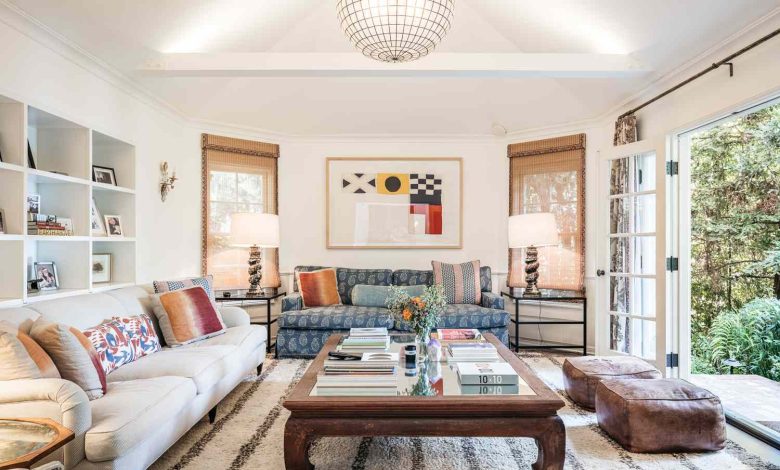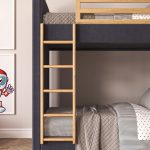Mixing and matching different furniture styles is a fashion-forward way to express your style in your home. The key is finding the common threads that tie together distinct styles, like color, material, shape, or historical influences.
Designing a customized chair, loveseat, or sofa has always been challenging customization services. We’ve covered you for mixing and matching styles that blend beautifully with your home.
Texture
Expressing your style and personality through a mix of furniture styles is beautiful when done well. By choosing a unifying element, playing with scale and proportion, creating contrast, and considering the room’s function, you can create a cohesive, visually attractive, and individualized design that is all your own.
In the world of log furniture, we often see people foraging old pieces of ponderosa pine or old-growth juniper from local forests or private property with permits to create unique and one-of-a-kind seating arrangements like sofas, chairs, loveseats, and sectionals. Foraging, milling, and forming the wood into unique custom pieces takes four to six weeks.
But that’s only the start of the story. The next step is designing and building the actual seating arrangement.
Color
Like a perfectly curated outfit, mixing and matching finishes, materials, and decor is crucial in designing a home that feels cohesive and true to your aesthetic. Here are tips from our design experts for creating eclectic yet cohesive spaces that will impress.
Choosing a unifying element to tie the pieces together is essential when blending Taylor’s Furniture styles. This can be a standard color, material, or shape. A shared texture, for instance, can create an unexpected connection between a vintage wooden coffee table and modern metal-legged chairs that seem like opposites. In addition, playing with scale and proportion can create a dynamic display that is visually interesting and balanced. Lastly, incorporating patterns is a great way to add visual interest and build a sense of depth.
Pattern
A room that feels too matchy can be tedious and stale. A recommendation is to incorporate a few mismatched yet cohesive pieces throughout your home to avoid this. For instance, instead of a matching set of nightstands, choose one with a different color for a more exciting look.
This approach also works for smaller decor items like vases and picture frames. For example, you can mix a white coffee table with a bold painting or a more traditional sofa with an accent pillow featuring a significant pattern in a different fabric. When mixing furniture styles, it’s important to consider shape/style, color or fabric, and back height. This system will help you determine if two pieces will go together. Then, you can build your room design around that piece you love the most.
Scale
Failing to consider proportions and scale is standard when mixing furniture styles. Scale refers to the visual weight of varying pieces; for example, an oversized coffee table will look wonky when placed next to a small sofa. To ensure a balanced look, select pieces with similar dimensions or features. For example, if a piece of furniture has rounded arms, seek out other decor items with the same rounded appearance to tie the room together.
While it may feel easier to stick to one specific trend, mixing and matching can create a more timeless and curated look that allows flexibility as clients’ tastes evolve.
Balance
Mixing furniture styles can be daunting at first, but with the right tips and tricks, it can be a dynamic way to infuse your home with a unique style. Remembering the basics of color, pattern, scale, and balance can help you design a balanced, cohesive look that truly reflects your style.
Patterns are the brushstrokes of your design canvas, creating depth and adding personality. Remembering the balance of scale and repetition when incorporating patterns is essential. More significantly, bolder patterns are best for a balanced composition when paired with more minor neutral or solid-colored elements. In addition, contrasting patterned pieces like stripes, florals, and geometric prints pair well with neutral furniture to create visual contrast.

















